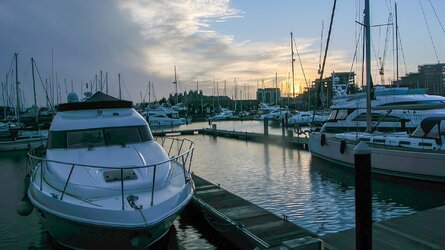tecboy
No longer a newbie, moving up!
- Joined
- Feb 17, 2012
- Messages
- 2,977
- Reaction score
- 358
- Can others edit my Photos
- Photos OK to edit
Do you sharpen you images with Lightroom or Photoshop even the image looks very sharped?
Last edited:
Follow along with the video below to see how to install our site as a web app on your home screen.

Note: This feature currently requires accessing the site using the built-in Safari browser.
Only as much as needed for what I want. Others will certainly correct me if I am wrong, but I believe sharpening is one of those 'destructive edits'. Use it to get what you want, but use a light hand if you don't need it. But that probably applies to all edits - why do it if it isn't needed.
To sharpen or not to sharpen
Nikon D7100 as well....I don't know of any others off the top of my head... they're rare. They almost all have it.
I never use sharpen on my RAW`s , it because i use an noise filter on virtually every image as they seem too dark to me and when i brighten them up i get a lot of image noise and sharpening would be counter productive.
John.

